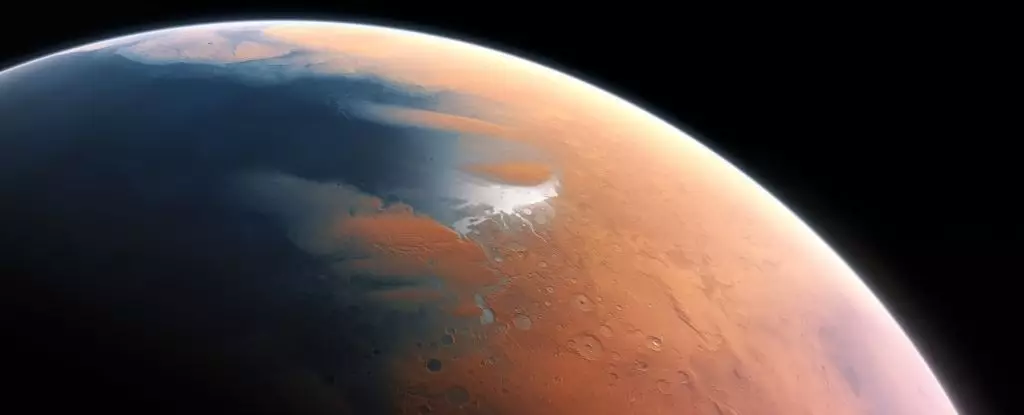Mars, often referred to as Earth’s dry and dusty neighbor, holds a secret beneath its surface – huge reservoirs of liquid water. However, accessing this water proves to be a challenging feat due to its depths that are beyond our reach. The analysis of seismic data collected by the Mars InSight lander sheds light on these hidden water reserves, providing a glimpse into the aqueous history of the red planet.
As rovers explore the Martian surface, evidence of a watery past becomes increasingly apparent. From ancient dry lake beds to mineral deposits, Mars seems to have been a world teeming with water at some point in its history. While current surface water exists in the form of ice, it pales in comparison to the volumes required to explain Mars’ watery past. Understanding where this water went is crucial in piecing together the planet’s history and potential habitability.
The Mars InSight lander, though no longer operational, provided valuable data on Mars’ subsurface through seismic activity monitoring. By analyzing the seismic waves passing through the Martian interior, researchers identified a layer of fractured igneous rock filled with liquid water at depths ranging from 11.5 to 20 kilometers. While this underground reservoir remains inaccessible to humans, its existence offers insights into Mars’ water cycle and hints at the planet’s ability to support life.
The discovery of a significant reservoir of liquid water deep within Mars raises questions about the planet’s past and present habitability. With water being a crucial element for life, the underground reservoir presents a potential habitat that could sustain microbial life forms on Mars. Further exploration and analysis of Mars’ crust are necessary to confirm the presence of widespread water reserves and unlock the secrets hidden beneath the planet’s dusty surface.
Mars continues to intrigue scientists with its hidden water reserves and potential for supporting life. While the findings from the Mars InSight mission offer a glimpse into the planet’s aqueous past, further exploration and research are needed to unravel the mysteries of Martian water. As humanity looks towards future missions to Mars, understanding the planet’s hidden water resources will be crucial in determining its habitability and potential for hosting life forms beyond Earth.


Leave a Reply